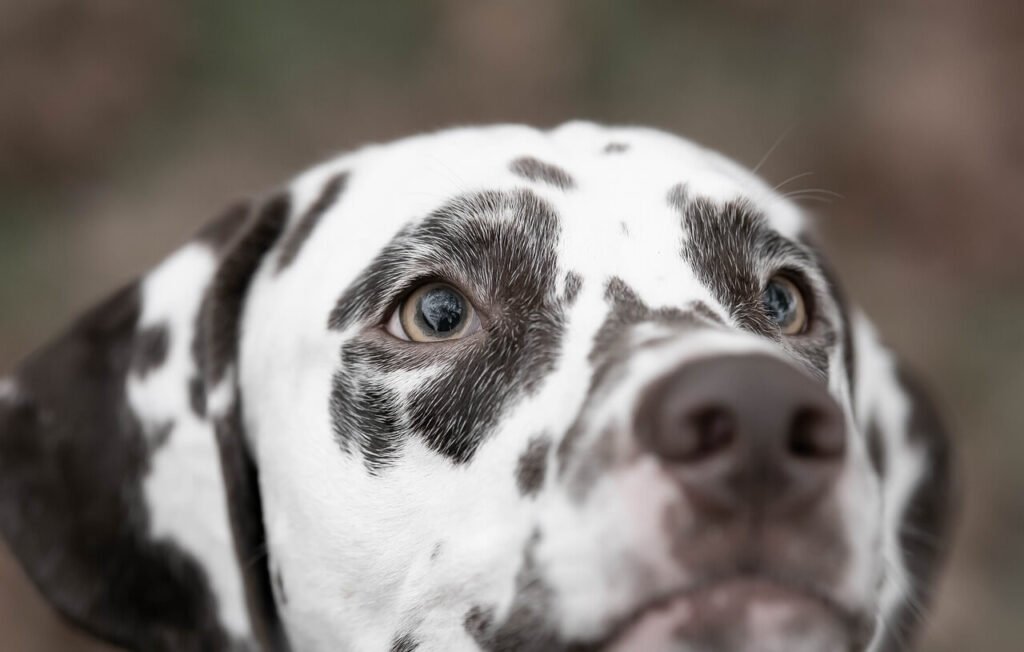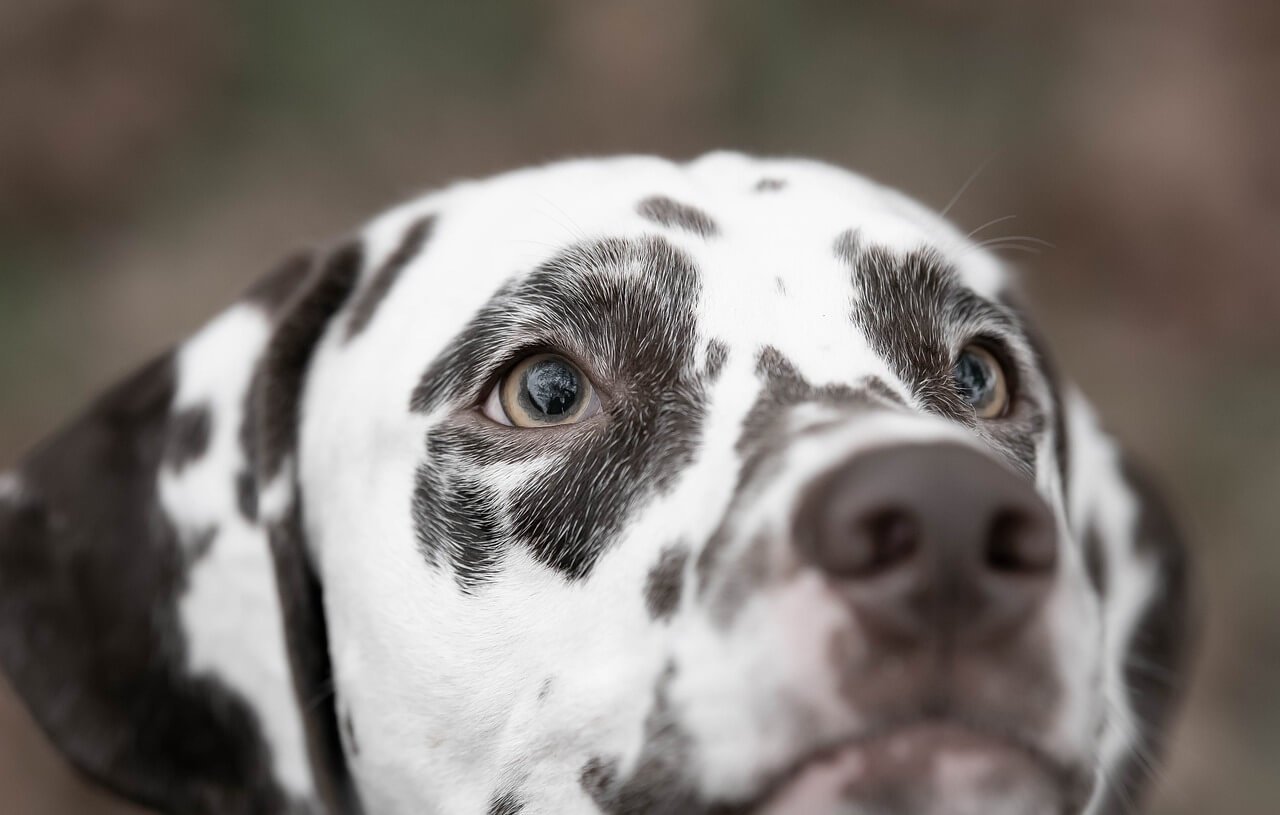Understanding Cleft Palate in Dogs: Causes, Symptoms, and Care
A cleft palate in dogs is a congenital condition that affects the roof of the mouth, creating an opening between the nasal cavity and oral cavity. While it’s not something many pet owners anticipate, understanding this condition can help you provide the best care for your furry friend. Whether you’re a breeder, a new puppy owner, or simply curious about canine health, learning about cleft palate is essential. In this blog post, we’ll explore what causes this condition, how to recognize its signs, treatment options, and tips for managing a dog with a cleft palate. By the end, you’ll feel more informed and empowered to support your dog through this challenge.
Causes of Cleft Palate in Dogs
Cleft palate in dogs can occur due to a variety of factors, ranging from genetic predispositions to environmental influences. Understanding these causes can help prevent the condition or manage it effectively if it arises.
Genetic Factors:
Certain breeds, such as Bulldogs, Beagles, and Dachshunds, are more prone to cleft palate due to inherited traits.Nutritional Deficiencies During Pregnancy:
A lack of essential nutrients like folic acid in the mother’s diet can increase the risk of developmental issues in puppies.Exposure to Toxins:
If a pregnant dog is exposed to harmful chemicals or medications, it may lead to birth defects like cleft palate.Infections During Gestation:
Viral or bacterial infections in the mother during pregnancy can interfere with proper fetal development.Trauma or Injury:
Physical trauma to the developing fetus in utero can also result in structural abnormalities like cleft palate.
By recognizing these potential causes, breeders and owners can take proactive steps to minimize risks and ensure healthier outcomes for puppies.
Symptoms of Cleft Palate in Dogs
Identifying a cleft palate early is crucial for providing timely care and improving your dog’s quality of life. Here are some common symptoms to watch for:
Difficulty Nursing or Eating:
Puppies with cleft palate often struggle to suckle or eat because food and liquid can pass into the nasal cavity.Frequent Sneezing or Nasal Discharge:
Food or milk entering the nasal passages can cause sneezing and discharge from the nose.Stunted Growth:
Poor nutrition due to feeding difficulties can lead to slower growth compared to littermates.Chronic Respiratory Infections:
The abnormal connection between the mouth and nose increases the risk of recurring infections.Visible Opening in the Roof of the Mouth:
In some cases, the cleft is visible upon inspection of the puppy’s mouth.
If you notice any of these symptoms, consult a veterinarian promptly to confirm the diagnosis and discuss treatment options.
Check this guide 👉Understanding Sebaceous Cysts in Dogs: Best 7 Expert Tips!
Check this guide 👉Understanding Follicular Cysts in Dogs: Best 7 Health Tips!
Check this guide 👉Understanding Dog Eye Cysts: Best 7 Health Tips!

Signs of Cleft Palate in Dogs | What It Indicates |
|---|---|
Difficulty Nursing | Food passing into nasal cavity |
Frequent Sneezing | Irritation caused by food in nasal passages |
Nasal Discharge | Leakage from improper separation of cavities |
Stunted Growth | Malnutrition due to feeding challenges |
Visible Oral Abnormality | Direct evidence of the cleft palate defect |
Treatment Options for Cleft Palate in Dogs
While cleft palate can be challenging, several treatment options are available to improve your dog’s quality of life. The approach depends on the severity of the condition and the dog’s overall health.
Surgical Repair:
Surgery is the most common treatment for cleft palate and involves closing the gap in the roof of the mouth.Tube Feeding for Puppies:
Until surgery is possible, tube feeding ensures the puppy receives adequate nutrition without risking aspiration.Antibiotics for Infections:
Chronic respiratory infections may require antibiotics to prevent complications.Post-Surgery Care:
After surgery, strict dietary management and monitoring are necessary to ensure proper healing.Specialized Diets:
Soft or blended foods may be recommended to reduce strain on the repaired area.
With appropriate treatment and care, many dogs with cleft palate can lead happy, healthy lives.
Tips for Managing a Dog With Cleft Palate
Caring for a dog with a cleft palate requires dedication and attention to detail. Here are some practical tips to make the process smoother:
Monitor Feeding Closely:
Ensure your dog eats slowly and safely to avoid choking or inhaling food.Keep the Environment Clean:
Maintain a hygienic space to reduce the risk of infections, especially before and after surgery.Follow Vet Recommendations:
Adhere strictly to your veterinarian’s advice regarding feeding, medications, and follow-up appointments.Provide Emotional Support:
Dogs with health challenges may need extra comfort and reassurance from their owners.Be Patient During Recovery:
Healing from surgery takes time, so remain patient and celebrate small milestones along the way.
By following these tips, you can create a supportive environment that promotes healing and well-being for your dog.
Common Breeds Prone to Cleft Palate
While cleft palate can occur in any breed, certain breeds are genetically predisposed to this condition. Being aware of these breeds can help breeders and owners take preventive measures or recognize symptoms early.
Bulldogs:
Known for their brachycephalic features, Bulldogs are among the most commonly affected breeds.Beagles:
This friendly breed has a higher incidence of congenital defects, including cleft palate.Dachshunds:
Their unique body structure is linked to an increased risk of developmental abnormalities.Cocker Spaniels:
This breed is prone to various genetic conditions, including cleft palate.Labrador Retrievers:
While generally healthy, Labs can occasionally present with congenital defects like cleft palate.
Understanding which breeds are more susceptible allows for earlier intervention and better management of the condition.
Preventive Measures for Breeders
For breeders, taking proactive steps to reduce the risk of cleft palate in puppies is essential. These measures can help ensure healthier litters and minimize the chances of congenital defects.
Provide Proper Nutrition:
Ensure pregnant dogs receive a balanced diet rich in folic acid and other essential nutrients.Avoid Exposure to Toxins:
Keep breeding dogs away from harmful chemicals, medications, and environmental hazards.Conduct Health Screenings:
Test breeding pairs for genetic conditions that could increase the risk of cleft palate.Limit Stress During Pregnancy:
Provide a calm and comfortable environment for pregnant dogs to support healthy fetal development.Consult a Veterinarian:
Regular check-ups with a vet can help monitor the health of both the mother and her developing puppies.
By implementing these preventive measures, breeders can significantly reduce the likelihood of cleft palate occurring in their litters.
Emotional and Financial Considerations for Owners
Caring for a dog with a cleft palate involves both emotional and financial commitments. Understanding these aspects can help owners prepare for the journey ahead.
Emotional Challenges:
Watching your dog struggle with feeding or health issues can be emotionally taxing for pet owners.Financial Costs:
Surgeries, medications, and specialized care can add up, making it important to budget accordingly.Time Investment:
Managing a dog with cleft palate requires significant time for feeding, cleaning, and monitoring recovery.Support Networks:
Connecting with other pet owners or support groups can provide valuable advice and emotional reassurance.Insurance Options:
Pet insurance may help offset some costs associated with treatment and ongoing care.
By acknowledging these challenges and planning ahead, pet owners can provide the best possible care while maintaining their own well-being.
Frequently Asked Questions About Cleft Palate in Dogs
Can a dog live with a cleft palate?
Yes, but surgical repair is usually recommended to improve quality of life and prevent complications.
Is cleft palate painful for dogs?
The condition itself isn’t typically painful, but associated issues like infections or feeding difficulties can cause discomfort.
At what age can cleft palate surgery be performed?
Surgery is usually delayed until the puppy is at least 8-12 weeks old to allow for sufficient growth and stability.
How much does cleft palate surgery cost?
Costs vary widely depending on location and severity, but they can range from $1,500 to $5,000 or more.
Can cleft palate be prevented?
While not always preventable, responsible breeding practices and proper prenatal care can reduce the risk significantly.
Final Thoughts: Supporting Your Dog Through Cleft Palate Challenges
Caring for a dog with a cleft palate may seem daunting, but with the right knowledge and resources, you can provide your furry companion with a fulfilling life. From understanding the causes and symptoms to exploring treatment options and offering daily support, every step you take contributes to their well-being. Remember, patience, consistency, and love are key to helping your dog overcome this condition. By working closely with your veterinarian and staying committed to their care, you’ll give your dog the best chance at a happy, healthy future. Together, you can turn this challenge into an opportunity to deepen the bond you share.
Canned Pumpkin for Cat Diarrhea: Best 7 Expert Tips! Natural remedy to firm stools, soothe upset bellies, and support gut health safely.
Can a Cat Give You Scabies? Best 7 Expert Tips! Discover the truth about feline mites, human skin risks, and how to protect yourself—without panic.
Cat Flea vs Human Flea: Best 7 Expert Tips! Discover the truth about bites, species, and how to eliminate infestations for good.
Weird Cat Behaviors: Best 7 Expert Tips! Discover why cats do strange things—and how to understand, not punish, their instincts for a happier home.





